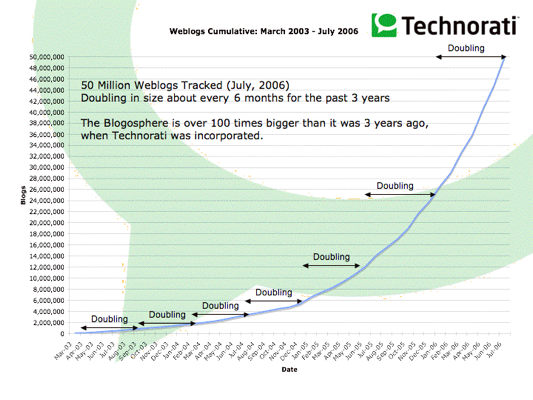 I’ve been following the discussion about astroturfing initiated by Paull Young.
I’ve been following the discussion about astroturfing initiated by Paull Young.
The first participants rushed in to condemn astroturfing. Who wouldn’t?
Well, a lot of people, it seemed. And why were people holding back from such an important discussion?
Much of the early discussion focused on examples of outrageously bad behaviour. Of course, it’s easy to condemn clear cut, extreme cases. But what the average practitioner encounters on a daily basis is much less clear cut.
For serious practitioners that I talked to, the real issue is a working definition of behaviour that we can agree defines the line between acceptable and unacceptable behaviour.
I raised this question in a comment on Canuckflack. (Unfortunately, I can’t link back to the post, which wasn’t ported to Colin’s new site when he switched to WordPress in August.) The response to my comment was positive and thoughtful. Paull Young picked up the question in a post and added a related heading on the New PR Wiki Astroturf page. And then Steve Field nudged the issue forward.
 Now, Kami Huyse has published an Anti-Astroturfing Code of Ethics that I think will serve to guide practitioners as they encounter real world situations. Kami’s code:
Now, Kami Huyse has published an Anti-Astroturfing Code of Ethics that I think will serve to guide practitioners as they encounter real world situations. Kami’s code:
- I will not fabricate a public concern by paying or coercing individuals to falsely act as concerned citizens. I will only seek to help give voice to those who already hold an existing concern and/or provide education to stakeholders that might be affected by a particular issue.
- When supporting grassroots efforts, I will ensure that I am transparent in all my actions and clearly and publicly state what actions I am taking and which organization or client I represent.
- I will never knowingly distort or falsify information to help my client/interest achieve a strategic/emotional advantage in a public debate.
- I will encourage all grassroots supporters to be open and honest in all of their communications, just as I will be open and honest in mine.
Well said Kami. I can live by that.






 I’m Web 2.0! and you can be too. Just go to
I’m Web 2.0! and you can be too. Just go to  I’m a “word” guy. And my photography skills are limited to point and click. That’s never really been a problem so long as my photography was limited to pictures of the family and pets.
I’m a “word” guy. And my photography skills are limited to point and click. That’s never really been a problem so long as my photography was limited to pictures of the family and pets. A hat tip to the
A hat tip to the 


